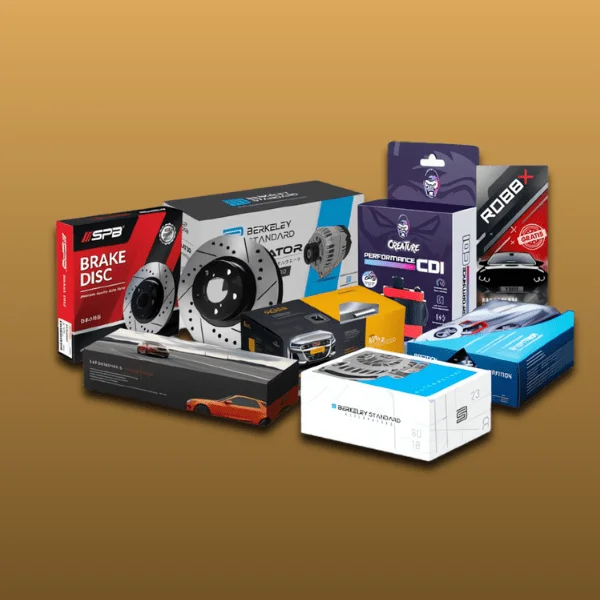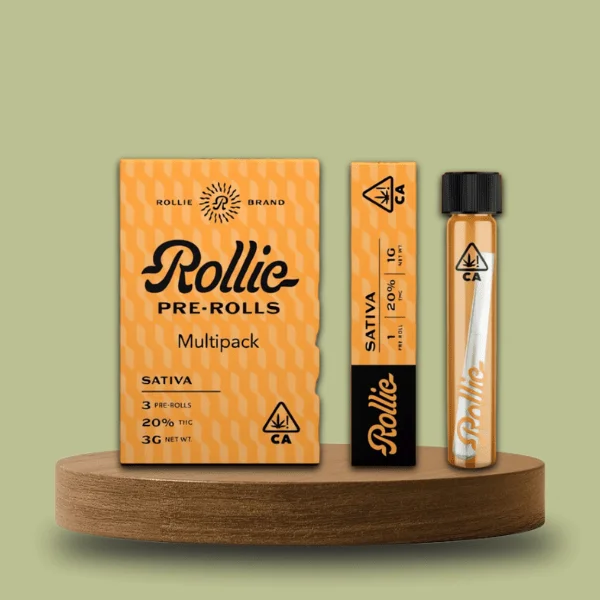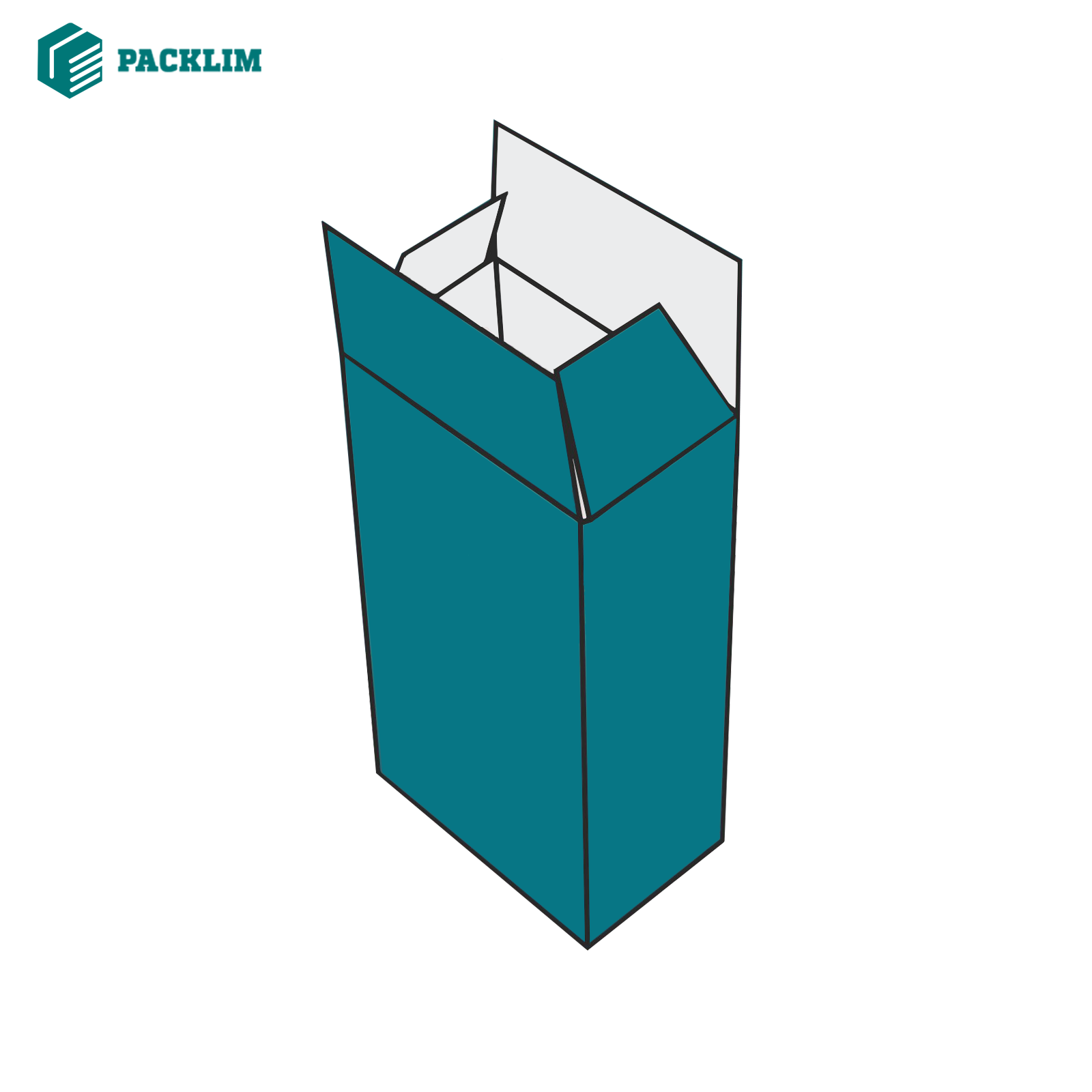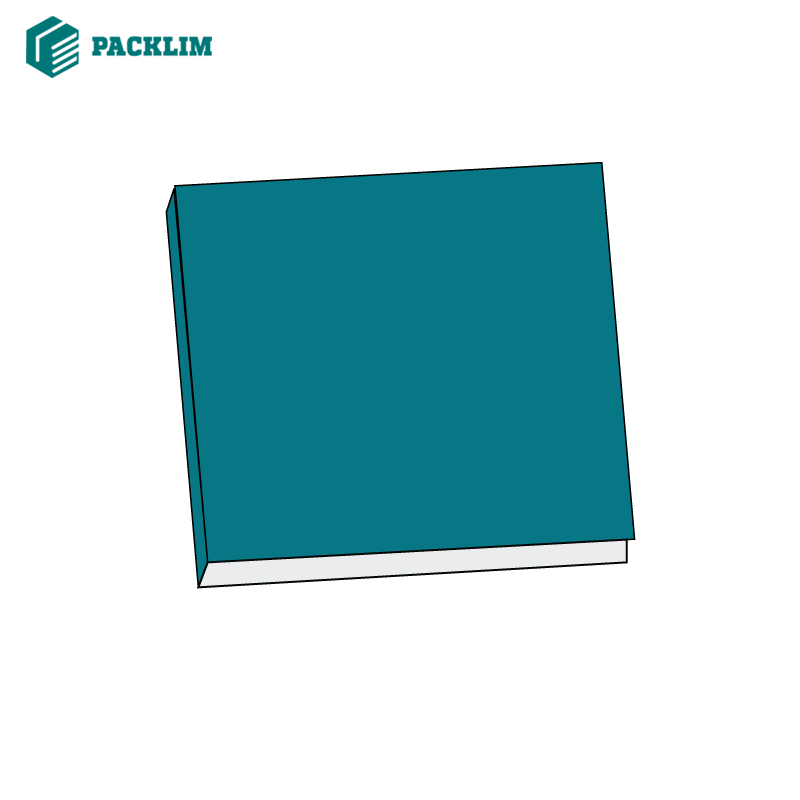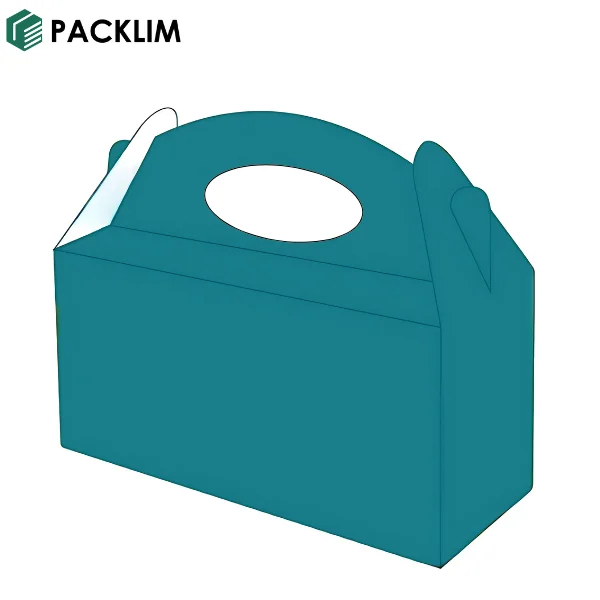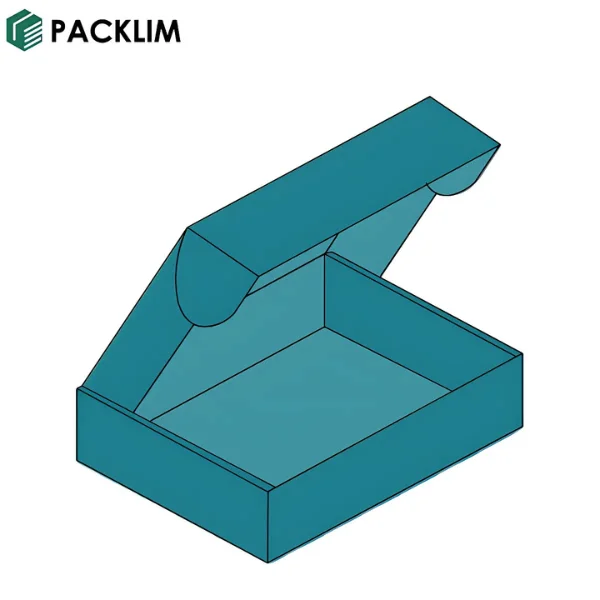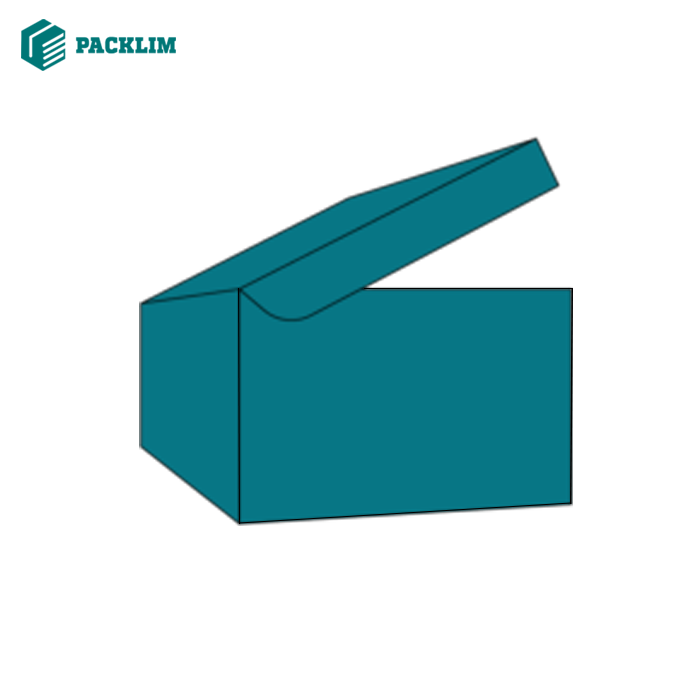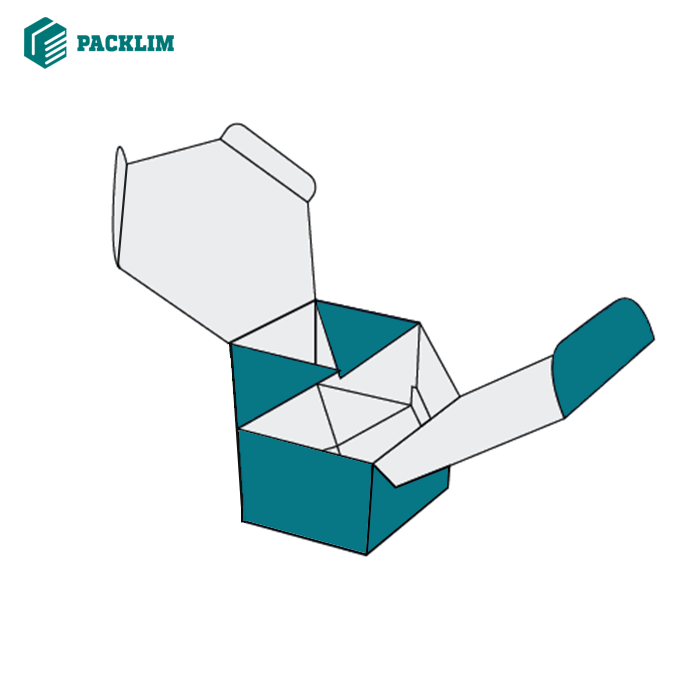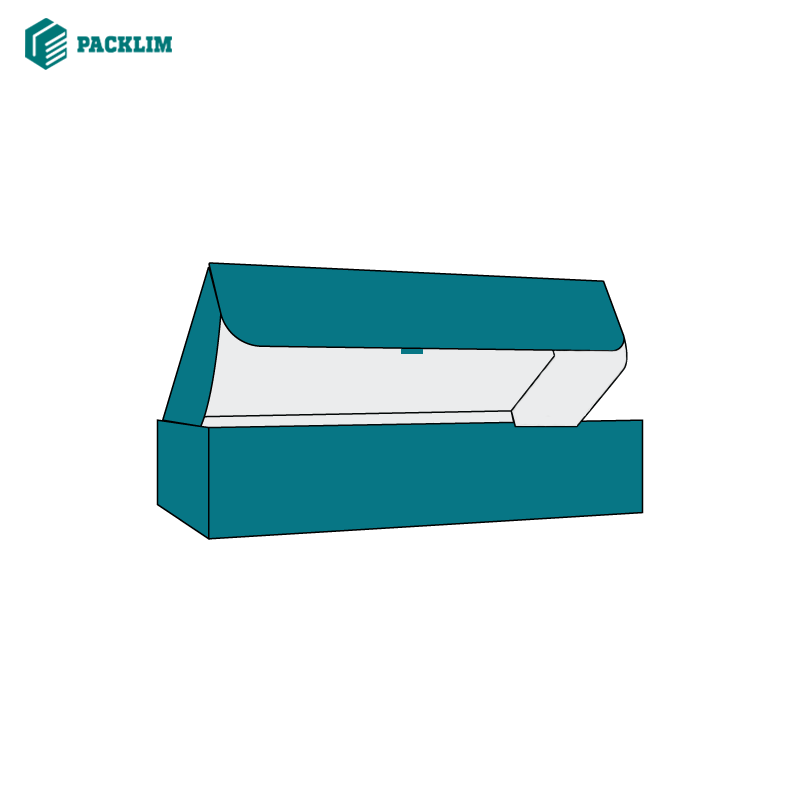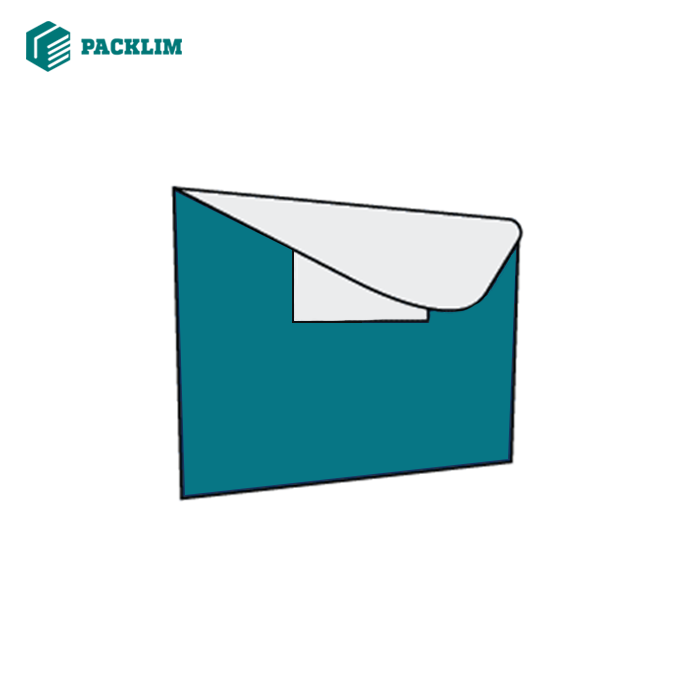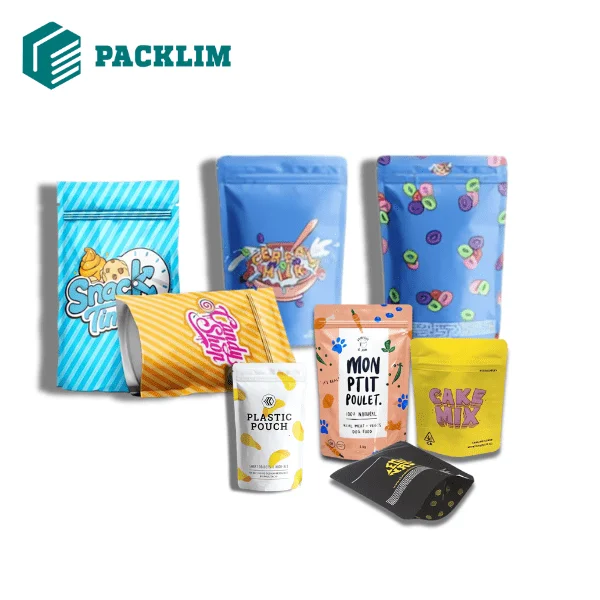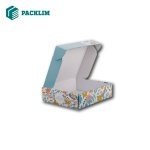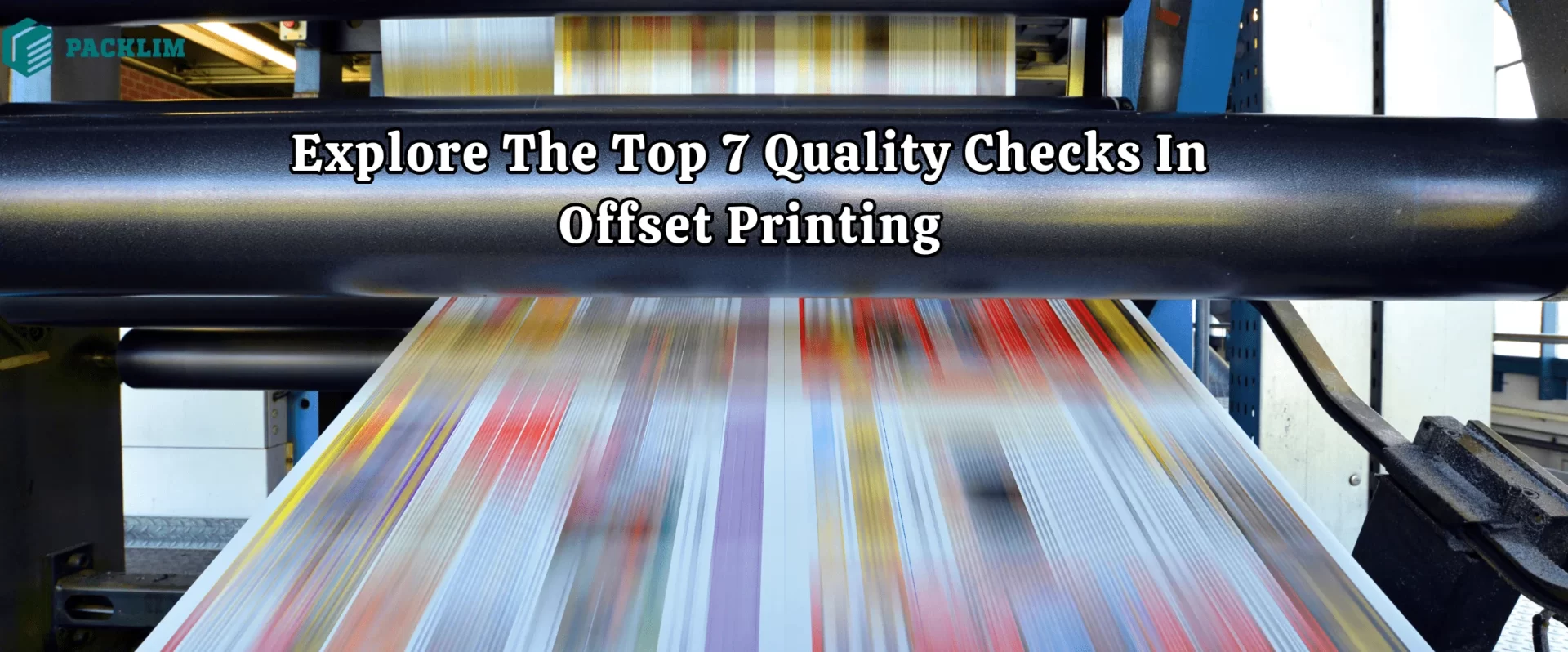
Top 7 Quality Checks In Offset Printing
What is offset printing process? It is the most widely used printing technique. Known for its high quality and cost-efficiency for large print runs in the field of custom packaging designs. Ensure consistent quality for quality checks during the printing process. Let’s delve into the seven essential quality checks. These checks are important for providing flawless results in this printing technique.
-
Pre-Press Proofing
In the offset printing method, the prepress stage is where issues are found out and corrected before any ink touches the paper. It involves reviewing the digital files to ensure that they are ready for print. This step includes checking for color accuracy, correct file resolution, and proper image alignment. Ensure that typography and designs are printed correctly. It creates physical and digital proofs for the client’s approval to represent what the final printed piece will look like. Moreover, it makes adjustments before the printing process begins. It saves time, resources, and money. Prevent costly reprints with this technique.
-
Plate Making Accuracy
In the offset printing technique, the image gets printed onto a printing plate. Then, it transfers ink onto paper. The accuracy of these plates is crucial. It goes through all misalignments that can result in defects in the final process. Quality checks ensure that the plates are correctly exposed and developed. This quality check is necessary for some delicate sensitive packaging material such as custom cone sleeves. The plates should be free from scratches, dust, or any other contaminants. Moreover, the alignment of the plates ensures that all colors will register correctly. It avoids issues like ghosting and double images.
-
Color Management and Calibration
color management is one of the key features of premium offset printing. It requires rigorous color consistency and calibration. This quality check matches the original design as closely as possible. It involves standardized color profiles and calibrating monitors. Utilize color calibration tools to maintain accuracy. Throughout the printing process regularly calibrate the press and other equipment. Ensure that the printed colors remain consistent across different print runs. It results in accurate colors and meets the expectations of both the printer and the customer.
-
Registration Control
This quality check refers to the alignment of multiple color plates in offset printing. The colors can appear out of place if the plates are not aligned correctly. It produces blurry and distorted images. This control is particularly important in multi-color printing. Precise alignment is crucial for producing sharp and clean images. It involves continuously monitoring and adjusting the alignment of the plates throughout the process. Automated systems detect misalignment and make real-time corrections. Manual checks are also essential for complex jobs. It ensures that all elements of the print are in the correct position. Contribute to the overall quality of the final product with proper registration.
-
Ink Density Monitoring
It occurs when the ink spreads more than expected during the printing process. Dot grains cause dots to appear larger and result in darker images. This affects the sharpness and color accuracy of the print. Monitoring ink density is an important quality check in offset printing. Use densitometers to measure the density of the ink on the paper. Make adjustments to ensure that the dots remain within limits. Control dot gain to maintain the integrity of the original design. It ensures that the final print looks as intended. This quality check ensure food safety measures in custom food boxes especially in the manufacturing of some fast food boxes such as custom burger boxes, custom pizza boxes and custom hot dog boxes.
-
Paper Quality
The choice of paper plays a significant role in the outcome of the offset printing method. Different types of paper absorb ink differently. The texture, weight, and color of the paper influence the final appearance of the print. Quality checks for paper involve inspecting for consistency in color, weight, and texture. It ensures that the paper is free from defects like tears, creases, and uneven surfaces. Moreover, the moisture content of the paper must be monitored. Select the appropriate paper and conduct thorough checks. Printers can ensure that the final product meets the desired quality standards.
-
Final Inspection
Once the printing is complete, a final inspection is necessary. It ensures that the finished product meets all quality standards. This involves checking for any defects, like smudges, misalignments, and color inconsistencies. It verifies that the print run matches the specifications of customers. Enhance the visual appeal of the look with various finishing processes. It involves die-cutting, folding, binding, and laminating. These processes are essential for giving the printed materials their final form. They must be executed with precision to avoid errors.
Final Words
To conclude this brief exploration, the offset printing technique is the result of careful attention to detail. It involves a series of stringent checks throughout the printing process. Each quality check plays a crucial role in ensuring that the final product is of the highest standard. Adhere to these seven essential quality checks and get consistently sharp, vibrant, and flawless prints. Meet and exceed client expectations. understand these quality checks to appreciate the complexity and precision involved in this printing technique. It leads to better communication and more successful print projects.





